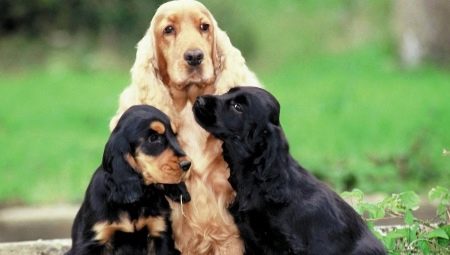Spaniel is a very effective breed of long-haired dogs, which belongs to the hunting group. Today, spaniels are mostly companions, they get along great with a person, they become a real loyal friend to him. For these purposes, the spaniel fits almost perfectly.
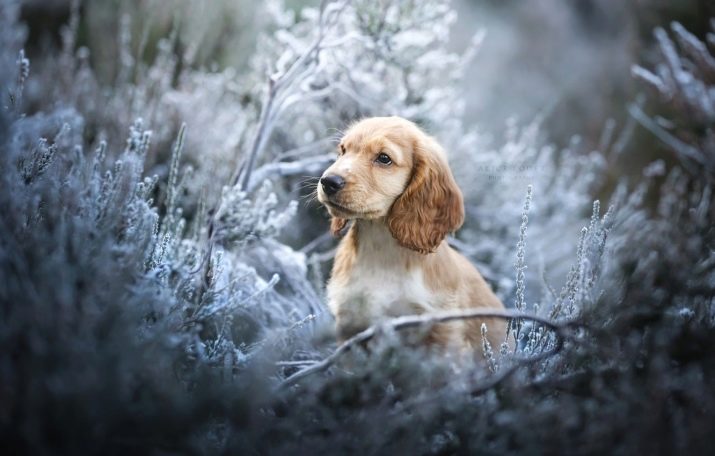
Breeding history
Unfortunately, information about the origin of the breed has been lost, and opinions about the first spaniels vary. In the documents of the XVI century there are already official references to this breed. Despite the fact that they belong to Spain, the dogs gained real popularity in Britain. In the same century, 5 basic varieties of the breed were described, in the XIX century, the first exhibition of these dogs was held and the official cynological club was organized. Since this period of time, serious work has begun on improving the breed, exterior, and qualities of dogs, as well as breeding their new varieties.
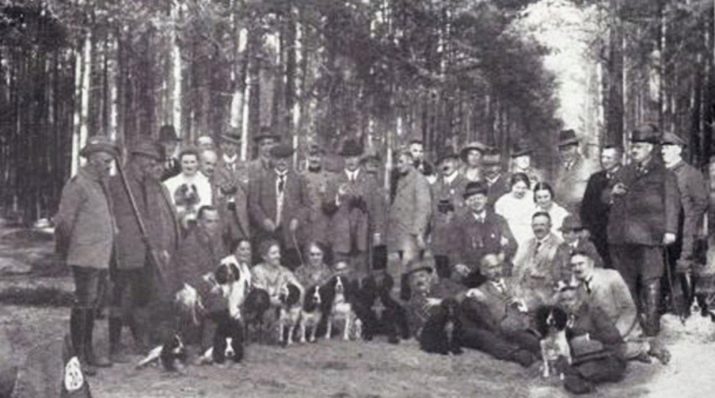
Specific traits
Dogs of the spaniel breed belong to hunters who brought game. The main character traits of the spaniel:
- activity, energy;
- endurance;
- quick wits;
- perfectly developed scent;
- ability to track;
- friendliness;
- independence, love of freedom;
- loyalty and devotion;
- excellent at training, obey the owner.
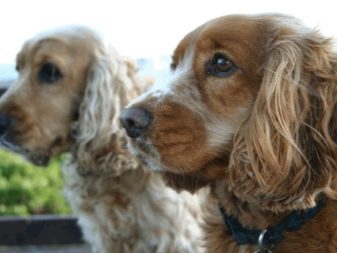
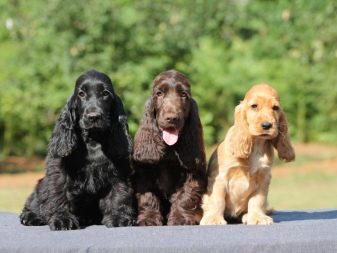
External characteristics of the breed:
- strong physique with well-developed muscles;
- the muzzle looks extremely noble and beautiful;
- luxurious elongated ears covered with curly hair, their sizes may vary depending on the species;
- limbs are medium;
- dog growth is average, varies depending on the subspecies;
- adult dog is not too large and dimensional, but proportionately folded;
- the color is diverse within each subspecies, but there are the most popular ones - red, brown, golden, beige, chocolate, black and white.
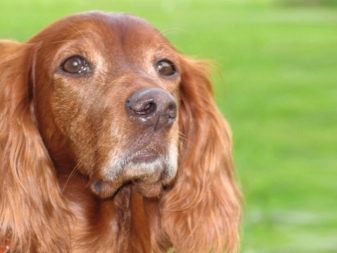
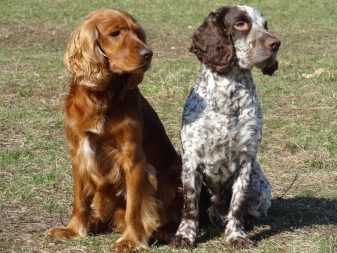
Like every breed, spaniels have their own strengths and weaknesses. The benefits include:
- excellent learning ability, quick wit;
- good nature, non-conflict;
- emotional attachment to a person;
- excellent working qualities;
- get along well with children.

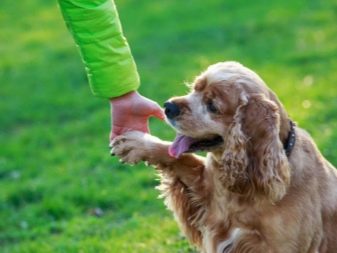
Cons are rather arbitrary, but they should be taken into account:
- very demanding on the conditions in which they are contained;
- periodically too independent and stubborn;
- constantly need a man, draw his attention to himself.
In any case, the spaniel is not only a good hunter, but also an excellent companion, which is suitable for a family leading an active lifestyle.
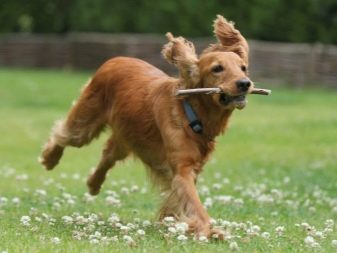
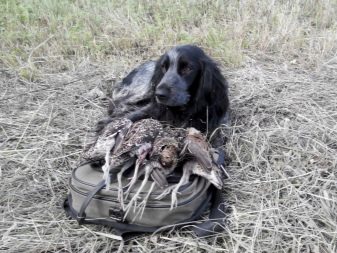
Types and their description
The Kennel Federation officially recognizes the following varieties of spaniels included in the group of retriever and spaniels:
- Deutsch;
- Scottish;
- American Cocker Spaniel;
- english cocker;
- clamber;
- Sussex Spaniel
- field spaniel;
- english springer.
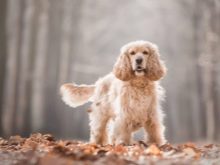
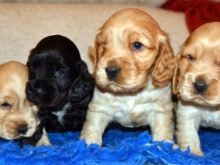
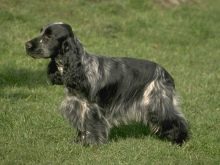
The decorative appearance includes:
- king charles;
- cavalier king charles.

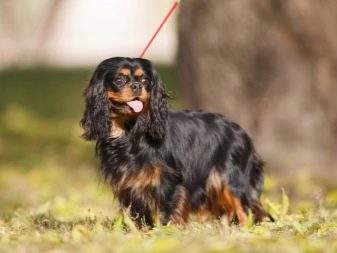
Sometimes there is confusion in the names. Since the breed is of Spanish origin, the spaniel is mistakenly called Spanish. Besides, Pekingese are often called Chinese spaniels, but in fact they belong to a completely different group of breeds. In the twentieth century, a dwarf species - a mini-spaniel, the smallest of all varieties, was bred from the breed of cockers.
The Russian Hunting Spaniel is not recognized by the international federation, but is officially registered domestically. In this breed there is a variety of smooth-haired and curly-haired dogs.

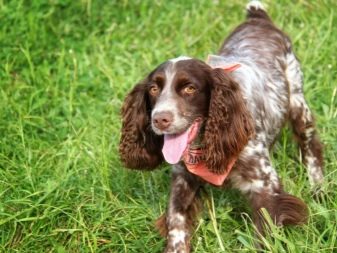
The most beautiful and popular types of spaniels.
German, or Wachthelhund
Bred by German breeders.
This breed is not too large, the height of an adult dog is up to 54 cm, body weight is up to 25 kg.
Elongated, limbs medium. Strong, muzzle long, long-haired, thick coat. The color can be either brown or brown with pie. Red tint allowed. Both suits may include the presence of white hairs, sometimes as a dominant background. The nature of these dogs is quite friendly, they are easily accustomed to new conditions, non-aggressive. Hunting qualities are well developed, they are persistent in work, hardy.

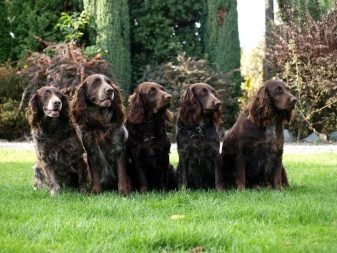
American cocker
This breed has a very miniature size: growth - up to 38 cm, body weight - up to 13 kg. Despite its size, the dog has a very strong build. The neck is elongated, the head is proportional. The coat is long, but moderately, it feels silky, the head is short-haired. Curly representatives are rejected. The limbs are in front of the straight type, the back is curved. The suits of this breed are variable: black with a tan and without, plain from red to fawn, mixed, two-tone. This breed is active, peaceful, affectionate, gets along well with children.
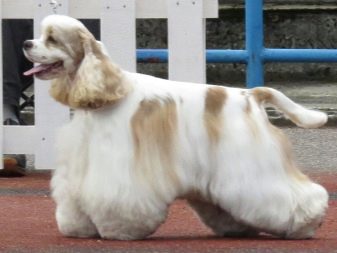

English cocker
The size of the breed is medium, the height of individuals varies from 38 to 41 kg, depending on gender. Body weight - up to 15 kg. Build with strong muscles, proportional, limbs and jaws strong. Ears hang to eye level. Silky hair is not wavy, with claws on its paws. As for the suit, its options can be different: plain black, chocolate, golden, with tan, spotted, two- and three-colored, speckled. By nature, this dog is very optimistic, cheerful, energetic, asset. Their intelligence is very highly developed, emotionally labile. Great companions and hunters.
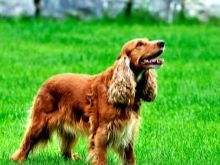
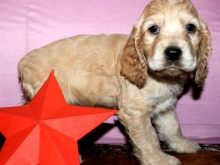
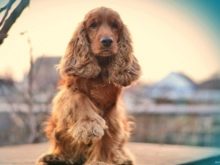
Clumber
A rather overall, strong and massive dog, its body weight reaches 34 kg. The head is proportional, large, with powerful jaws, the back is elongated. The eyes are amber. The wool of this breed is thick, straight, silky to the touch. Mostly they are white spotted, spots of color orange or lemon. May be mottled or spotted in the area of the muzzle. They are very independent, freedom-loving in nature, quite decisive, silent, and their instincts are excellently developed.
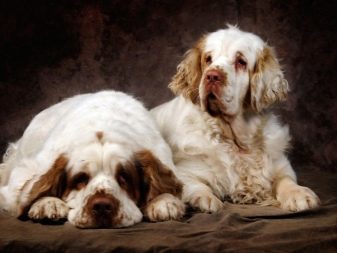
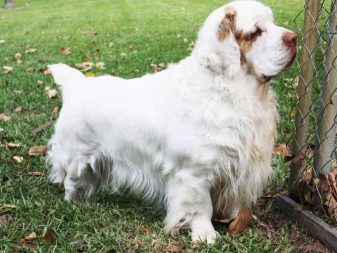
Sussex
The muscles of this breed are strong, well developed, the height of individuals is up to 41 cm, weight - up to 23 kg. The head is bolshevat, the limbs are powerful, dimensional, while running the body sways. Wool does not curl, it is quite a lot, the undercoat is dense. The color is brownish-golden, all the rest are rejected. Specific traits: energy, activity on walks, the relative calmness of the house, peacefulness, emotional poise, tact, friendliness. Well trained, but occasionally stubborn.

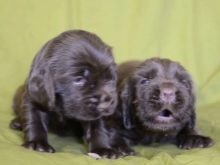
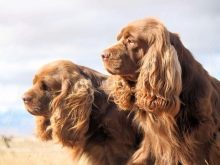
Field
The excellent hunting qualities of the dog make it very valuable in this capacity. Body weight - up to 25 kg, height - up to 47 cm. Addition is proportional and noble. It is a strong and hardy breed. She has an aristocratic elongated face, eyes are dark, the coat is dense, shiny, elongated. The following suits are allowed: black, brown, brown with tan, blue-roan. By nature, dogs are independent, but sensitive, well trained.
Fancy in the content. Not too good breed to keep in the apartment. It is not recommended to get such a dog in the city.
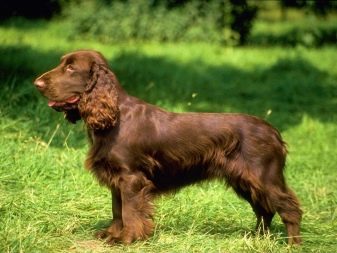

English springer
One of the oldest species. Dogs are harmoniously folded, chest is powerful, limbs are long, straight, strong. The height of the dogs is up to 51 cm, they have a dense type of wool, but soft. The suit of the springers is brown with white and black with white, tans are allowed. Dogs are friendly, they are very sociable, affectionate, suitable for families with children.
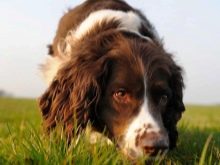
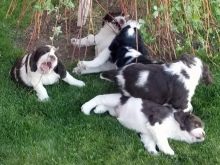

Conditions for keeping
Breeding newborn puppies is a rather difficult process compared to caring for an adult dog. At 1 and 2 months, puppies, as a rule, are already under the care of breeders. Before you bring your puppy home, make sure everything is ready for his appearance. First of all, give him a place - not dark, not next to heating appliances. Excludes kitchen, bathroom, doorways, corridor. It’s best to prepare a litter for the puppy with removable pillowcases that are periodically washed.
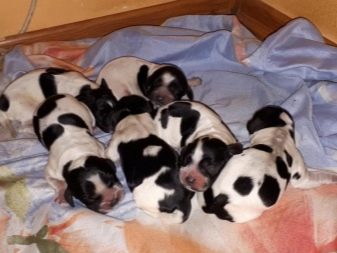
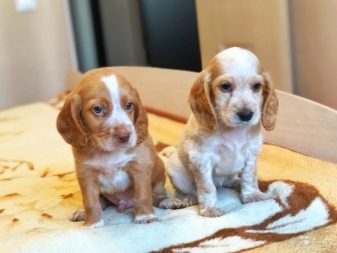
From the first days a puppy needs to be trained to sleep in its place, it can not be tied. Immediately wean the dog to jump on chairs, sofas, beds. The puppy should not be allowed to then not be allowed to the adult dog.
Remove from the zone of his reach everything that could harm the dog, or that which could harm itself: wires, antennas, small and glass objects, medicines, chemicals, indoor plants.
A bowl for eating and drinking, a collar, a muzzle and a leash should be prepared in advance. For decorative breeds, it is recommended to purchase clothes, a hat for the cold season. The optimal age for buying a puppy is about 10 weeks.

Spaniels can be kept not only in the apartment, but also in the yard, especially those varieties that need a lot of freedom of movement. Dog handlers believe that the best place to live a spaniel is a private house. But in the winter season, the dog is better off not in the yard, but in the house. If you get a dog with the intention of keeping her in the yard, build a summer aviary and a booth. It is better not to allow free movement on the site, enclosing the dog from contact with other domestic animals: birds, goats and so on.
When keeping the dog in the apartment, remember that she needs to ensure maximum physical activity, otherwise she will lose her working skills, become pampered, start to get bored and spoil things.


Spaniels are extremely popular in Russia. They often start not as hunting dogs, but as companions, decorative pets. Caring for them is quite difficult, you need to carry out many regular procedures.For a long time, stopping their tail was considered necessary, but today the debate of dog breeders on this issue does not subside. If the dog is not planned to be used as a hunting one, there is no need for stopping - as many experts believe.
If you stop the animal, then you need to do this as soon as possible, at the age of 2-3 weeks.
Spectacular spaniel wool requires special care: it needs to be cut, combed, washed. If it is improperly looked after, she will quickly take an untidy appearance, lose her luster, and silkiness. You should purchase special combs, hair care products. It is important to conduct treatment on time from parasites, fleas, as dogs comb themselves and damage the skin.
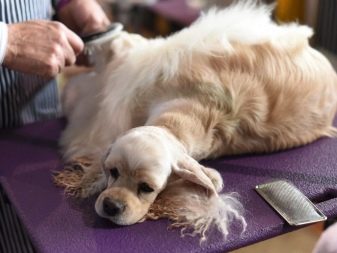

Spaniels are washed about once a month, not more often, otherwise you can disrupt the natural protective layer of the skin. They bathe the dog in warm water using special shampoos, balms, conditioners for long-haired dogs. You can use powder shampoos that cleanse sprays if washing is not part of your plans or if you need to remove a local stain.
Spaniels are very fond of water, they swim very well, therefore, in the warm season, they can arrange similar events in open water bodies.
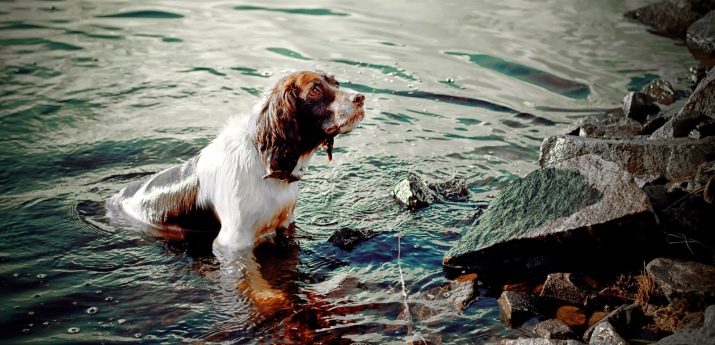
Also very it is important to comb the coat in a high-quality manner and remove dust, dandruff, and dirt from it daily. Dogs are usually accustomed to daily combing from the first days of life. If you do not do this, tangles and tangles will appear on the wool very often. It is necessary to use special slickers, massage combs, zoogrests for combing, chippers to get rid of tangles that cannot be combed.
Spaniels are not very patient and do not like to stay in one place for a long time, so it is so important that the puppy is accustomed to this procedure.
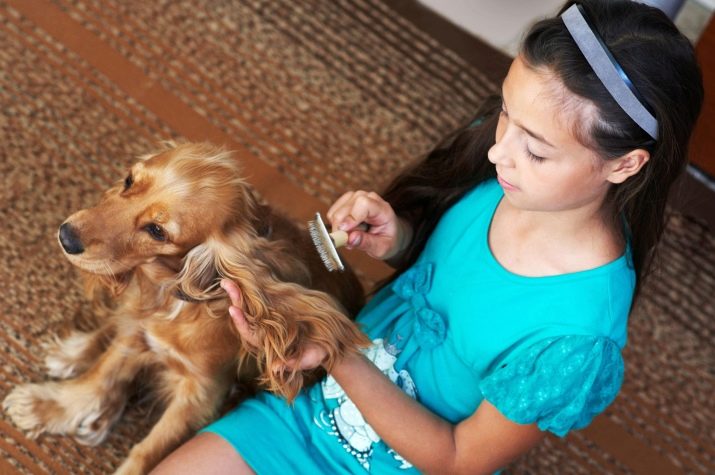
Some spaniels are sheared according to the standard, for example, American cocker. Haircuts can be hygienic and complete. The latter are carried out in salons, but partial can be done independently. Be sure to cut off the hair on the paws, otherwise everything that the animal touches will cling to them.
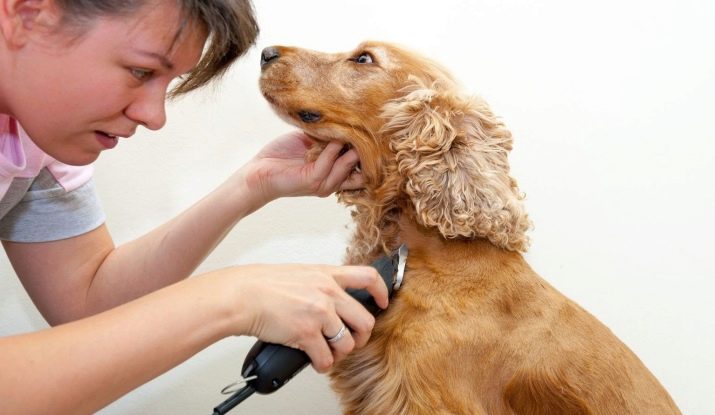
It is very important to regularly clean your pet’s ears and monitor their condition. Each time after a walk, inspect the auricles for ticks. In addition, sulfur and dirt constantly accumulate in them, which are cleaned by treating with cotton pads soaked in vegetable oil, peroxide or boric alcohol. In addition to ticks, you need to pay attention to redness, inflammation, pus, an unpleasant odor. If such symptoms are found, you need to show the animal to the doctor.
Inspect the dog’s eyes daily, there may be pustules in the corners, discharge that needs to be cleaned with a paper towel or gauze. Lacrimal paths and spots are cleaned with the help of special tools that can be purchased at the pet store. It is also important to watch your teeth. It is necessary to carry out their regular brushing, in addition, to acquire dog fluoride bones. You can treat the oral cavity with special sprays.
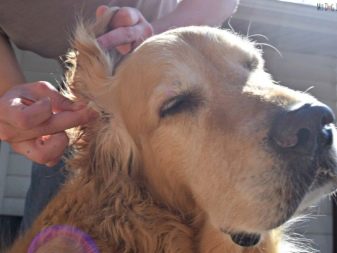

Claws and paws require special care. Pads should be inspected for damage and treated, if any. In addition, various small objects can get stuck in the paws. After walking in the cold and mud, the feet are washed with warm water and dried. Claws are usually erased naturally, however, if necessary, they are sheared with a nail clipper. As a rule, this procedure is carried out once a month.
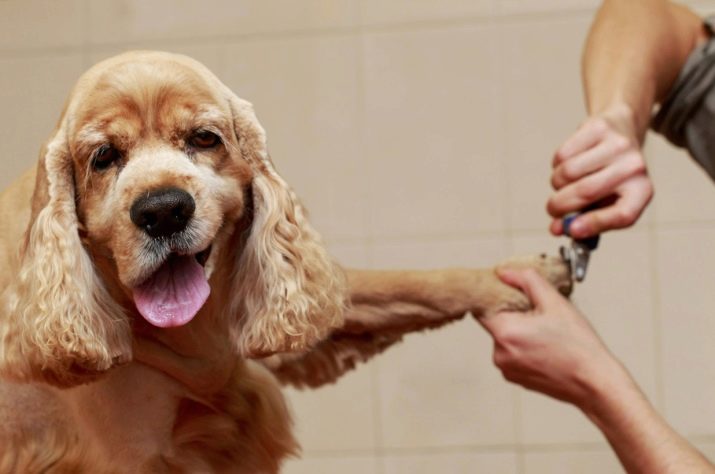
For the health of the spaniel, daily long walks, physical activity are important. From an early age, start socializing; the puppy should not be afraid of people and other animals. Before vaccination, do not allow contact even with thoroughbred dogs. Timely vaccinations, antiparasitic treatment, regular visits to the veterinarian will allow the dog to develop correctly, be healthy and feel good.
Despite their good immunity, spaniels can become ill, especially if they are not properly organized. Ears require special care, as they are closed and not aired, so inflammation can occur there. An alarming symptomatology - the dog shakes his head, scratches his ears. In this case, you should consult a doctor, as otitis media is a common disease and it can be caused by various reasons.
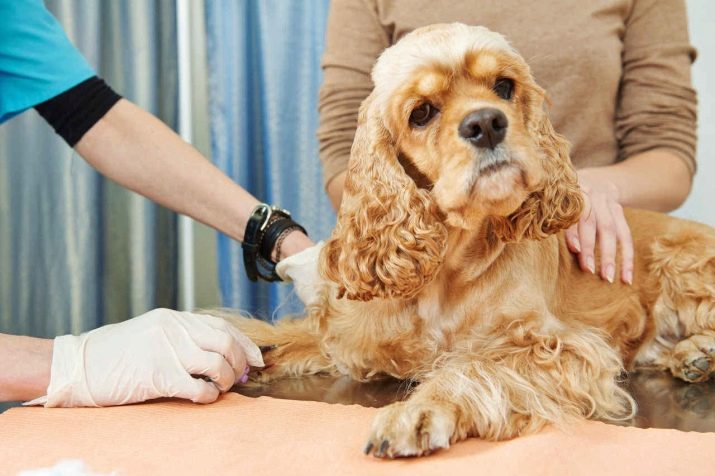
Spaniels often experience eye diseases, especially if the owners do not care for them or do it wrong. Spaniels are also prone to allergies, the main symptom of which is scabies. Another symptom that should not be missed is the occurrence of shortness of breath. This may indicate that the dog has heart problems. Unfortunately, this kind of disease without timely help leads to death.
High risk of developing cardiovascular problems in decorative spaniels. Symptoms requiring an immediate medical examination:
- the mucosa acquired a bluish tint;
- fainting:
- swelling;
- cough, shortness of breath, especially with exertion;
- lethargy, loss of appetite, weight loss.
Of course, not every cough is a sign of heart disease, it can be a cold, but a doctor’s control is necessary anyway.
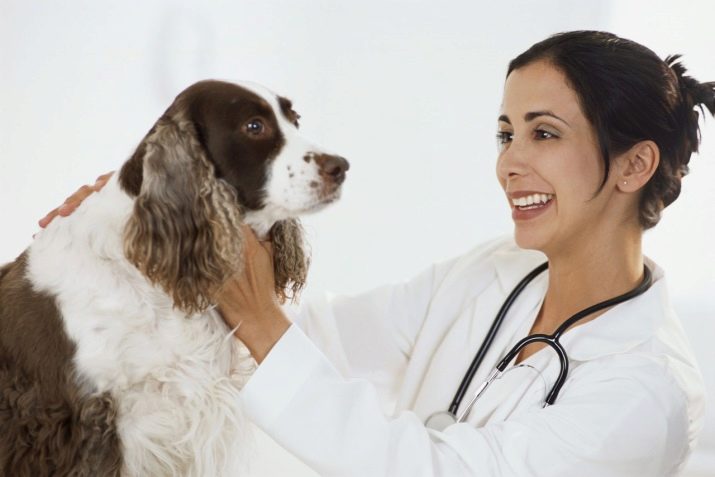
What to feed?
The dog's diet should be nutritious and balanced, this is the basis of its health and well-being. There are two types of nutrition spaniels - natural products and prepared feeds. The latter are more convenient, they already contain all the necessary substances, vitamins, in addition, they relieve the cooking process. If the owner makes a choice in favor of natural feeding, it is necessary to balance proteins, fats, carbohydrates and supplement the diet with vitamin-mineral complexes.
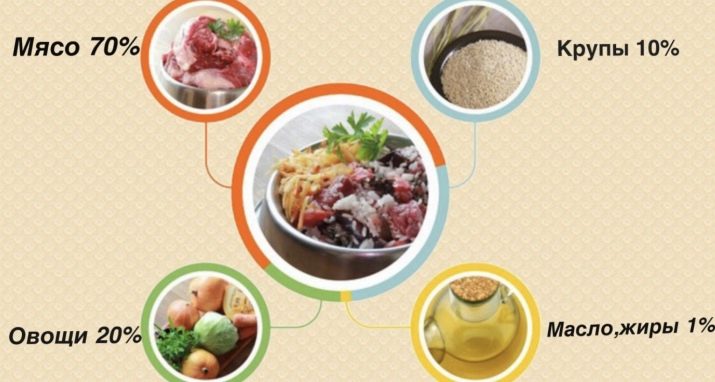
The basis of the diet should be protein: meat, offal, fish, eggs, dairy products. Raw meat should be present in every meal and make up at least 50% of the total diet. Until the puppy is 10 weeks old, the meat products are crushed. The meat should be lean, fresh: beef, chicken, turkey, veal and rabbit are welcome. With caution give peeled fish in boiled form. Sometimes a dog is given a raw egg mixed with other food. Dairy products are given in the form of kefir, yogurt, cottage cheese, cheese.
Fats are also important for a dog’s health, but in moderation: sour cream, butter, vegetable oils. Carbohydrates in the dog's diet are present in the form of cereals, crackers, vegetables and fruits.
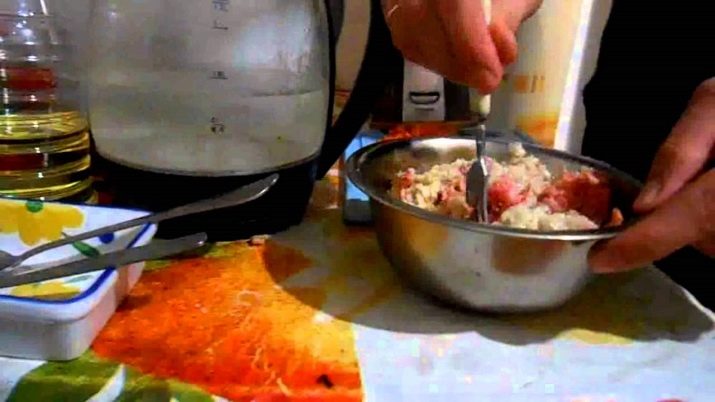
Categorically contraindicated spaniels:
- food from the general table;
- fatty meats, such as pork;
- sweets, pastries, buns;
- pasta;
- legumes;
- grapes;
- citrus
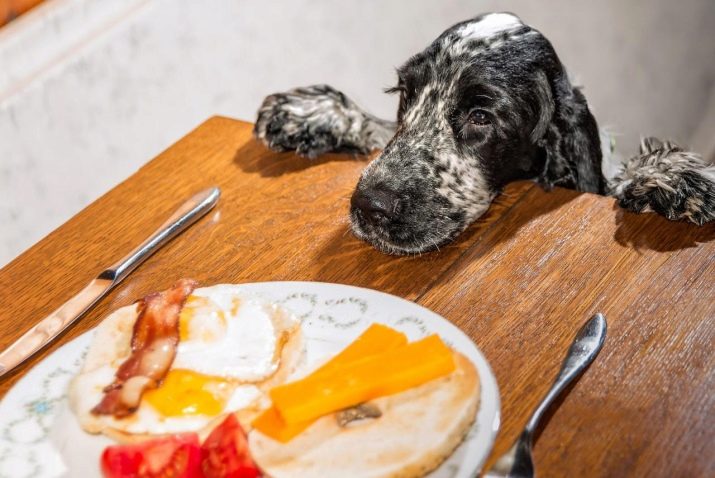
Drinking water should always be in the dog’s access.
Feeding an adult dog - two times, puppies are fed from 4 to 6 times a day. When deciding in favor of finished feed, you must prefer a premium class from trusted manufacturers. Do not buy feed by weight - as a rule, it is impossible to determine freshness and quality from them.

The nuances of training and education
It is necessary to bring up a spaniel from the first day, as it appears in your house. It is a mistake to postpone training until growing up, the puppy must be accustomed to what awaits him in adulthood. It is very important to immediately begin to accustom the dog to his name, to the toilet, to the leash and collar, to sleep in his place.
Spaniels like to rummage through garbage and can eat excrement found, which is very dangerous for their health. This is a genetic feature. Puppies must be weaned from this action. To do this, the dog must learn the command "can not" or "fu", "spit." The dog can be stubborn, so patience is required. Spaniel barking is very loud, and if you neglect their training, it often happens in vain.
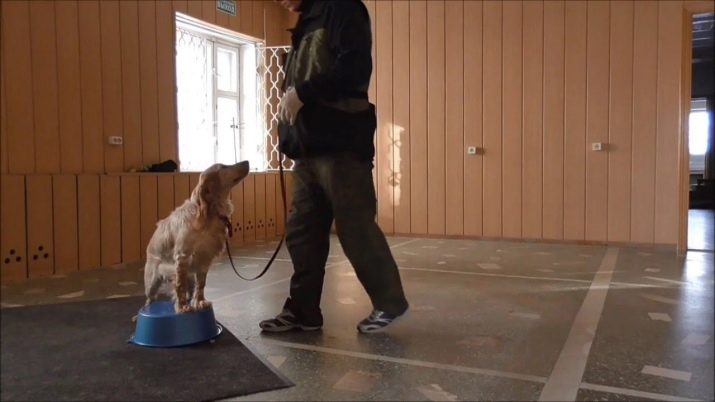
A well-bred spaniel understands the connection between an act and a consequence.
Basic teaching methods:
- promotion;
- punishment;
- their combination.
According to experts, the combination of punishment and encouragement works best, but one must proceed from the individuality of the dog. A reward system works perfectly for someone when a dog receives praise, affection or a treat for a completed action or command. Punishment must be present in the form of a reprimand, but in no case in the form of assault or scream. Otherwise, you can grow a frightened, aggressive, stubborn animal. If you choose a combined method, then the proportion of rewards should be greater than punishments. It is very important to respond to the misconduct immediately, otherwise the meaning of punishment is lost.
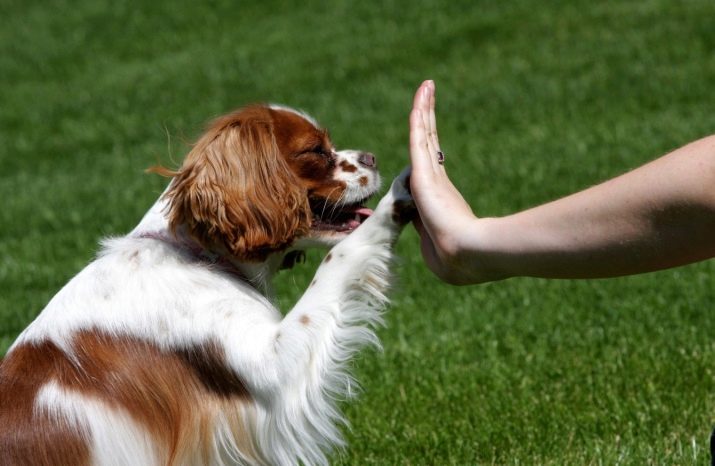
A very important factor in raising a spaniel is socialization. It will allow you to form an adequate attitude of the dog to family members, strangers, other animals. If animals grow together from an early age, usually there are no problems with them. Nevertheless, one should never be left unattended by a spaniel and birds, hamsters, rats, and pigs. Do not forget that this is a hunter and his nature may prevail, even if the dog is used to one or another animal. The spaniel is not particularly good in contact with cats, except when they grew up together and reptiles.
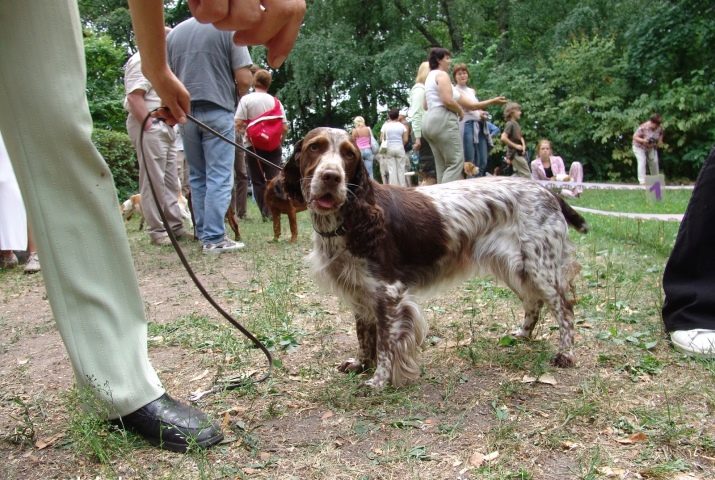
Nickname Choice
The appearance of this dog is very pretty, beautiful, so the nickname must correspond to it. You will have to hail the dog very often, so make sure that the name does not irritate you, it is beautiful and harmonious, easy to pronounce. In addition, it is good if you know what this or that nickname means, because in a foreign language many strange words sound quite elegant.
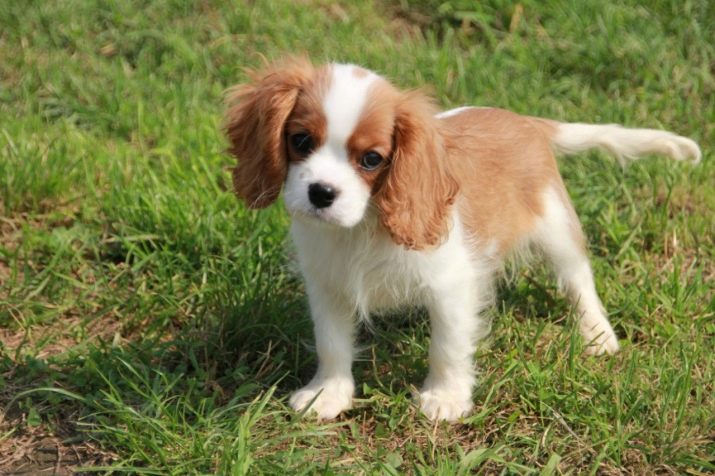
Most often, foreign names are chosen. The boys are eagerly called:
- Oscar;
- Lucas;
- Max;
- Colin;
- Archie;
- Luke;
- Diego
- Patrick;
- Freddie;
- Kurt;
- Ricky
- Charley;
- Martin;
- Hector;
- Kevin
- Jerry.
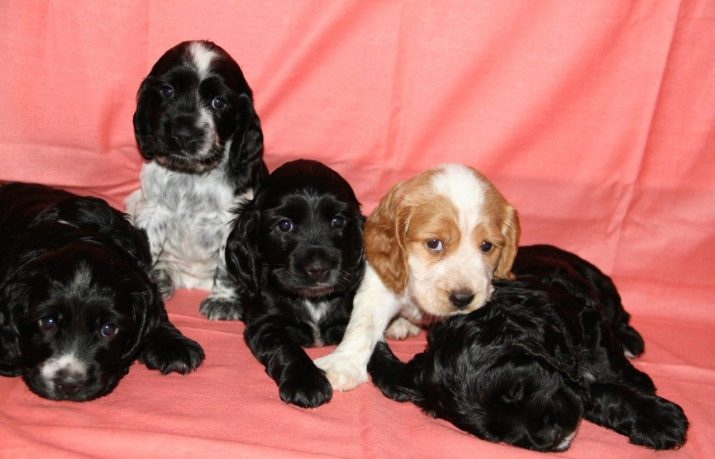
Names in honor of the beloved literary and film heroes, writers, philosophers, artists, athletes are very popular:
- Rembrandt
- Confucius;
- Elvis
- Lanister;
- Conan
- Schumacher
- Tyrion
- Tyson;
- Stark
- Hugo
- Rocky
- Ozzy
- Sherlock
- Rhett;
- Dickens;
- Jamie
- Rambo
- Frodo
- Palanic.
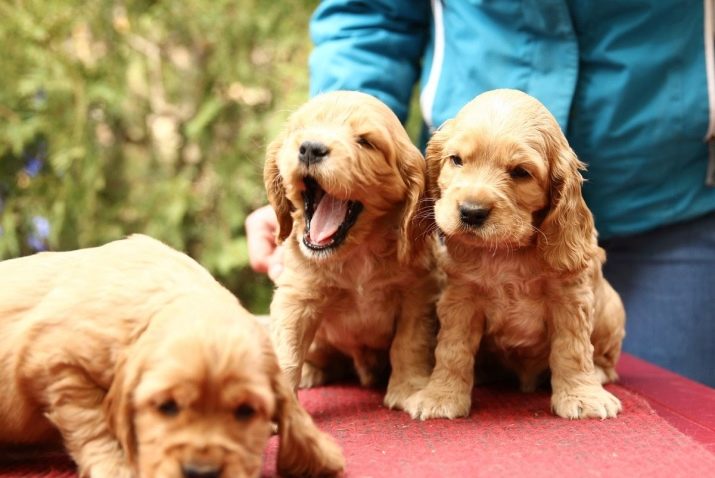
Often dogs are called associative suits:
- Golden
- Black
- Woland.
A beautiful and unusual name will attract the attention of others, but it is not worth chasing originality to the detriment of the comfort of pronunciation.
Choosing a name for a girl is no less difficult. Often in this matter they rely on the appearance of the dog.
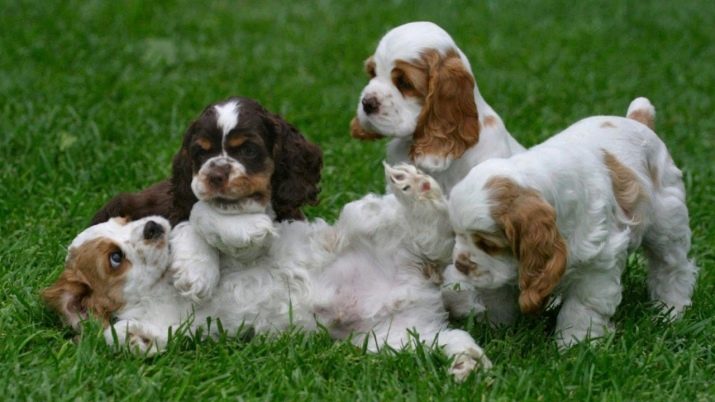
Foreign names, literary heroines, movie stars are also popular. List of the most popular names:
- Scarlett
- Jolie
- Marilyn;
- Grace;
- Pixies;
- Tina;
- Laura;
- Jennis
- Elina;
- Irma
- Sarah;
- Irene;
- Khalisi;
- Mary;
- Carmen
- Lily;
- Ariel
- Daphne
- Rosie
- Cleo
- Sabina;
- Belle
- Christie;
- Chloe
- Rosina;
- Cersei;
- Toffee;
- A fox;
- Margo
- Bagheera;
- Panther.
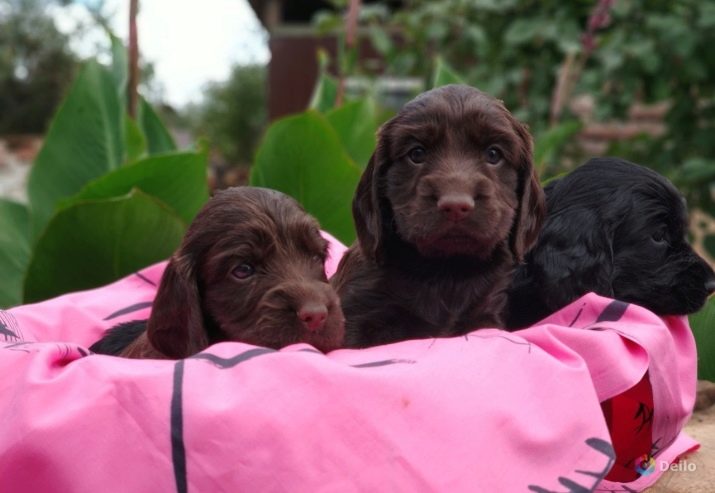
Owner reviews about this breed of dog are mostly positive. Regardless of the subspecies, they are characterized as quick-witted, inquisitive, energetic, active, very friendly. They get along well in families with children, are very attached to the owners. They are trained very well - by the year the spaniel at regular training knows all the main teams. Among the minuses, there is a high need for the presence of a person, dogs are bored alone. They love garbage, can fall out in the mud, and can be impatient with other animals. Spaniel must be weaned from barking for no reason.
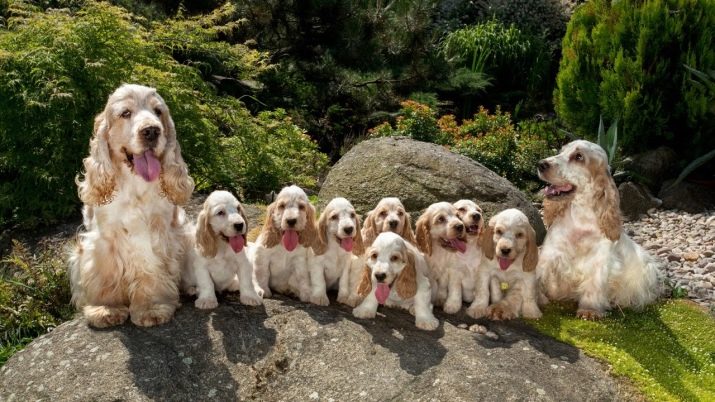
In the next video, you will learn about what to purchase when a spaniel puppy appears with the house.
